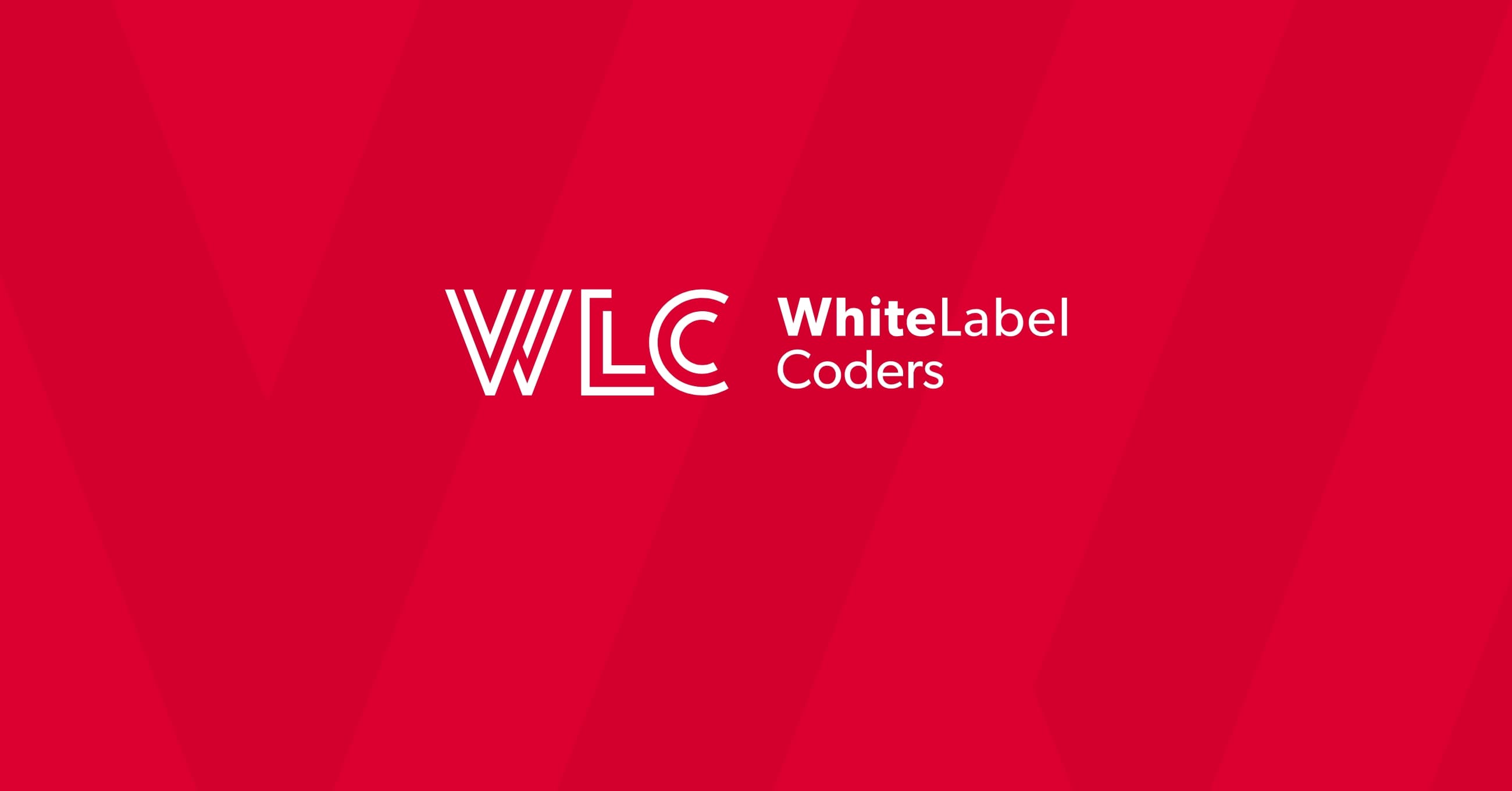Category: WooCommerce
Why do orders fail on WooCommerce?

When running an online business with WooCommerce, few experiences are as frustrating as discovering lost sales due to failed orders. For store owners relying on this popular WooCommerce development platform, understanding why transactions sometimes go awry is crucial for maintaining revenue and customer satisfaction. Let’s explore the common causes of order processing issues and how to address them effectively.
What are WooCommerce order failures? Understanding the basics
In the WooCommerce ecosystem, order failures refer to instances where customer purchase attempts don’t complete successfully. These disruptions can occur at various points in the transaction journey, from the moment a customer adds products to their cart until the order is fully processed and confirmed.
Order failures typically fall into three main categories: payment failures (when transactions don’t process correctly), checkout failures (when customers can’t complete the purchase form), and processing failures (when orders get stuck in the system after submission). Each type represents different technical challenges and requires specific troubleshooting approaches.
The WooCommerce order processing pipeline follows a structured workflow: a customer adds products to cart, proceeds to checkout, enters shipping and payment details, submits the order, and then the system processes the payment, creates the order record, updates inventory, and sends confirmation emails. Failures can occur at any stage in this sequence, disrupting the customer experience and potentially resulting in abandoned purchases.
Why do WooCommerce orders fail? Common causes explained
Most WooCommerce order failures stem from a handful of common issues that store owners encounter. Payment gateway configuration problems top the list, as even minor setup errors can prevent transactions from completing successfully. When payment processors can’t properly communicate with your store, orders inevitably fail.
Server and hosting limitations also frequently contribute to order failures. Insufficient memory allocation, server timeouts, or database connection issues can all interrupt the order process mid-transaction. This is particularly common during high-traffic periods when your store’s resources are under increased strain.
Plugin conflicts represent another major failure point. With the average WooCommerce store using multiple extensions, incompatibilities between these plugins can disrupt the checkout flow. Similarly, theme-related issues might introduce JavaScript errors or styling problems that prevent customers from completing their purchases.
Customer-side issues shouldn’t be overlooked either. Browser compatibility problems, connectivity issues, or even user errors when entering payment information can all result in orders that never complete successfully.
How WooCommerce processes orders: Behind the scenes
Understanding order failures requires familiarity with how WooCommerce handles transactions under the hood. The process begins when a customer initiates checkout, triggering a series of database operations that create temporary order data. When the customer submits payment, WooCommerce transitions the order through several status states – from “pending” to “processing” to “completed” – each representing different stages in the fulfilment workflow.
During this process, WooCommerce communicates with multiple system components. The payment gateway receives transaction data, the inventory system checks stock availability, tax calculators determine appropriate rates, and the email system prepares notifications. This complex choreography involves numerous database calls, API interactions, and conditional logic checks.
When an order progresses normally, these operations happen seamlessly in the background. However, if any component encounters an error – such as a payment gateway timeout or database query failure – the order can become stuck in an intermediary state or fail entirely, often generating error logs that provide clues to the underlying issue.
Payment gateway issues: A major source of order failures
Payment processing problems represent the most common source of WooCommerce order failures. These issues typically involve four key areas: gateway configuration, API connections, SSL certificates, and currency/region compatibility.
Configuration issues often stem from incorrect API keys, merchant IDs, or secret keys. When these credentials don’t match what the payment processor expects, transactions cannot be authorized. Similarly, sandbox mode settings accidentally left active in production environments will prevent real transactions from processing.
The difference between a thriving WooCommerce store and one plagued by failed orders often comes down to proper payment gateway configuration and regular testing. Even minor misconfigurations can cause significant revenue loss over time.
SSL certificate problems frequently trigger payment failures as well. Payment providers require secure connections for transmitting sensitive financial data, and expired, misconfigured, or missing SSL certificates will cause transactions to be rejected as a security precaution.
Currency and region compatibility issues can also disrupt payment processing. Some payment gateways only support specific currencies or impose geographical restrictions on transactions. If your store sells to customers in regions not supported by your payment processor, those orders will invariably fail.
Server and hosting-related order failures
Your hosting environment plays a critical role in WooCommerce order reliability. Server timeouts represent a common failure point, especially during checkout when multiple systems need to communicate. If a response isn’t received within the allocated time frame – typically due to slow server performance – the transaction aborts.
PHP memory limitations frequently trigger order failures in WooCommerce stores with extensive customisations or large product catalogues. When memory allocation is insufficient for processing complex transactions, PHP may terminate the process mid-execution, resulting in incomplete orders.
| Server Issue | Impact on Orders | Common Symptoms |
|---|---|---|
| PHP Memory Limits | Process termination during checkout | White screen errors, 500 server errors |
| Database Connection Errors | Unable to save order data | Database error messages, incomplete orders |
| Server Timeouts | Transaction abortion | Gateway timeout errors, hanging checkout pages |
| CPU Resource Limitations | Slow processing causing gateway timeouts | Site-wide slowness, failed payment confirmations |
Database connection issues can prevent WooCommerce from saving critical order information. These problems often manifest during peak traffic periods when database servers become overwhelmed with concurrent connections. Without reliable database access, orders cannot be properly recorded in the system.
Hosting configuration parameters also impact order processing. Insufficient max_execution_time settings, restrictive file permissions, or improper caching configurations can all interfere with WooCommerce’s ability to process transactions correctly.
Plugin and theme conflicts causing checkout problems
The extensible nature of WooCommerce is both a strength and a potential weakness. With thousands of plugins and themes available, compatibility issues inevitably arise that can disrupt the checkout process and cause order failures.
Outdated plugins are particularly problematic. When extensions don’t keep pace with WooCommerce core updates, function calls and database interactions may break, leading to checkout errors. This risk increases with every plugin added to your store, as each represents another potential point of failure.
Theme-related conflicts often manifest as JavaScript errors during checkout. Modern WooCommerce themes rely heavily on JavaScript for interactive elements like quantity adjusters, price calculators, and form validations. When these scripts conflict with WooCommerce core functionality or other plugins, they can prevent order completion.
Even well-coded plugins can cause problems when they modify the same checkout components. For instance, if multiple plugins attempt to alter the payment process or add custom checkout fields, their competing modifications may create conflicts that prevent orders from processing correctly.
How to diagnose WooCommerce order failures: Step-by-step approach
When confronted with failed orders, a systematic approach to diagnosis is essential. Begin by examining your website’s error logs, which often contain valuable clues about what’s going wrong. In WordPress, these are typically found in the wp-content directory or through your hosting control panel.
Testing payment gateways in isolation can help determine if the issue is payment-specific. Try processing test transactions through different payment methods to see if failures are limited to a particular gateway. Many payment processors provide specific error codes that can pinpoint configuration problems.
Server performance analysis is crucial when orders fail intermittently. Use tools like New Relic or Query Monitor to identify resource bottlenecks, slow database queries, or memory limitations that might be interrupting the checkout process.
Controlled testing can isolate plugin conflicts. Temporarily deactivate all non-essential plugins, then reactivate them one by one while testing the checkout process after each activation. This methodical approach often reveals which extension is causing the problem. Similarly, temporarily switching to a default WordPress theme can determine whether your active theme is contributing to the issue.
Implementing fixes for common order failure scenarios
Once you’ve identified the source of order failures, implementing appropriate fixes is the next step. For payment gateway issues, solutions typically involve reviewing API credentials, ensuring SSL certificates are properly configured, and updating gateway settings to match your store’s region and currency requirements.
Server optimisation techniques can address hosting-related failures. These include increasing PHP memory limits, optimising database queries, implementing effective caching strategies, and in some cases, upgrading to more robust hosting. For high-volume stores, continuous maintenance becomes essential to handle growing transaction volumes.
To resolve plugin conflicts, first ensure all extensions are updated to their latest versions. If conflicts persist, consider replacing problematic plugins with alternatives that offer similar functionality without compatibility issues. When choosing WooCommerce extensions, prioritise those from reputable developers who maintain their code regularly.
Custom code modifications should be approached cautiously. While direct code edits can resolve specific issues, they should be implemented by experienced WooCommerce developers and properly documented to prevent future conflicts during updates.
Preventing future order failures: Best practices for WooCommerce stores
Prevention is always preferable to troubleshooting after revenue has been lost. Implementing a proactive maintenance strategy is the cornerstone of reliable WooCommerce operations. This includes regular updates to WordPress core, WooCommerce, and all plugins – ideally tested in a staging environment before deployment to production.
Comprehensive monitoring solutions can alert you to potential problems before they impact customers. Tools that track server performance, payment gateway connectivity, and checkout completion rates provide early warning of developing issues.
Regular testing protocols should include transaction simulations across different payment methods, devices, and browsers. By systematically testing the entire checkout process, you can identify and address potential failure points before they affect real customers.
Configuration best practices include maintaining adequate hosting resources, implementing proper caching strategies (while excluding checkout pages), and keeping plugin usage to the necessary minimum. Each additional extension increases complexity and potential points of failure, so be selective about which ones you install.
Advanced troubleshooting for persistent WooCommerce order issues
Some order failures require more sophisticated diagnostic techniques. Custom logging can provide insights beyond what’s available in standard error logs. By implementing targeted logging around specific checkout functions, you can capture detailed information about what’s happening when orders fail.
Staging environment testing allows for controlled reproduction of issues without risking revenue. By replicating your production store in a staging environment, you can safely experiment with different configurations and code modifications to resolve complex problems.
Systematic variable elimination helps identify elusive bugs. By methodically changing one element at a time – hosting environment, WordPress version, plugin combinations, theme settings – you can pinpoint exactly which component or interaction is causing orders to fail.
For particularly challenging issues, professional support from WooCommerce specialists may be necessary. Experienced developers can analyse server logs, review database structures, and examine code interactions to identify problems that might not be apparent through standard troubleshooting methods.
Case study: Resolving critical order failures for a high-volume WooCommerce store
A specialty fashion retailer was experiencing intermittent order failures during peak sales periods. Initially, the store owner suspected payment gateway issues, as failures seemed to occur randomly across different payment methods. However, a systematic investigation revealed a more complex problem.
The site was running on shared hosting with limited resources, and during high-traffic promotions, server resources would become exhausted. This resulted in database connection timeouts during the critical moment when order data needed to be written to the database. Although payment authorisations were successful, the orders weren’t being properly recorded in WooCommerce.
The solution involved multiple components: migrating to managed WordPress hosting with dedicated resources, optimising database queries by cleaning up post revisions and transients, implementing an object caching solution, and modifying the checkout process to require fewer server resources.
After these changes, the store successfully handled a major holiday sale with three times their previous traffic volume without a single failed order. The investment in better hosting and database query optimization paid for itself within the first week through eliminated order failures.
By understanding the intricate ways WooCommerce processes orders and maintaining vigilance over system resources, store owners can minimise disruptions and ensure a smooth purchasing experience. When issues do arise, a methodical approach to diagnosis and resolution will help maintain sales momentum and customer satisfaction in your online business.

